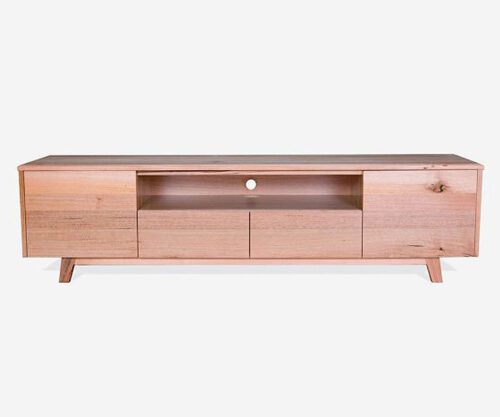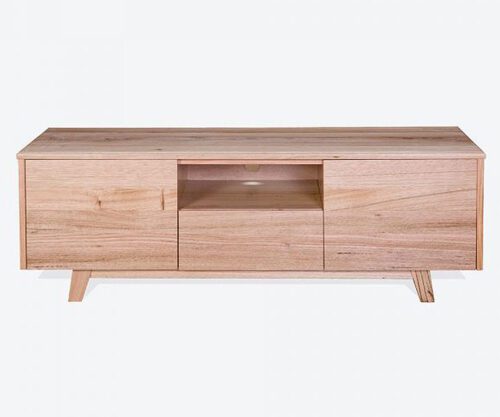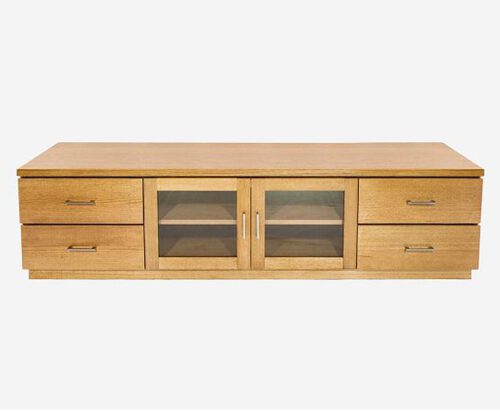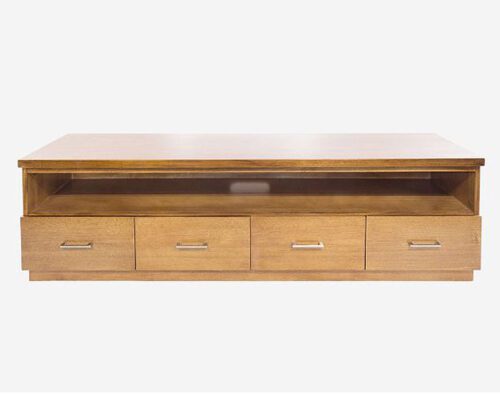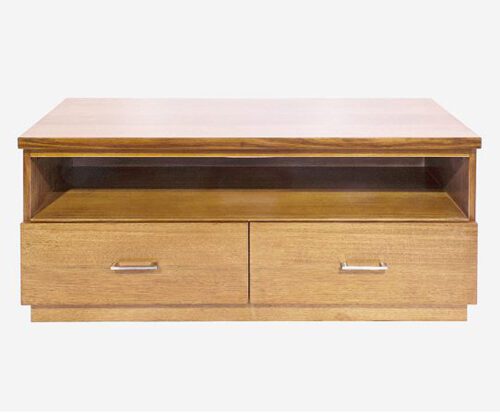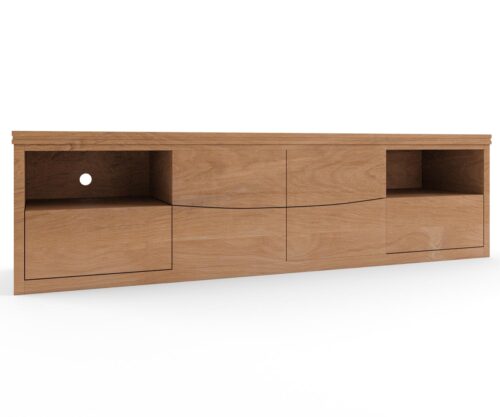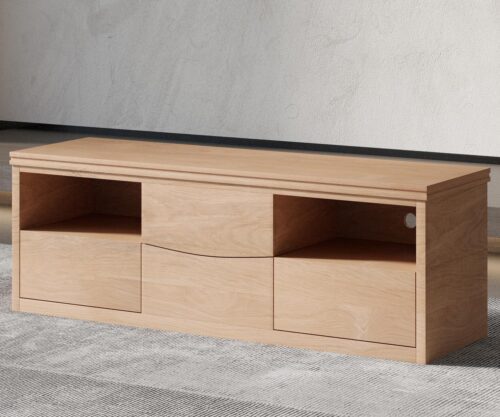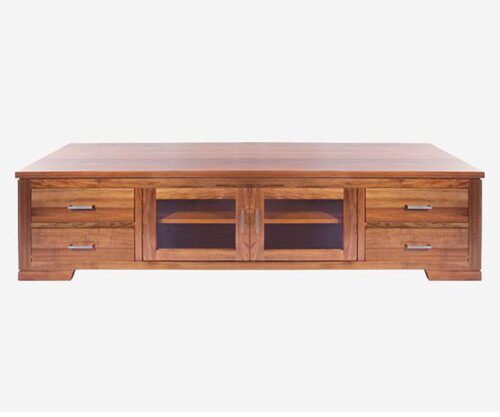5 Secrets for Colour Stain Matching Timber Furniture

How to stain match furniture timber colour for dining tables, sofas, buffets, entertainment units, side tables and chairs
Refurbishing an aged care facility, retirement living space or hotel can sometimes mean blending the old with the new and installing new furniture within an existing space often means that the furniture needs to colour match or complement the colour of existing furniture, floors, doors, fabrics or even artwork.
When it comes to armchairs and sofas, upholstery fabric plays a large part in this, but the colour of the furniture’s timber can also impact the overall aesthetic. This calls on the coloured timber stain matching skills of furniture manufacturers as they try to create a stain colour that complements the colours already found within the space.
In many situations, furniture manufacturers are also trying to match the colour of timber legs to laminate tabletops, which are popular because they provide a cost-effective, durable alternative to solid timber tabletops. They also provide interior designers with limitless options in terms of colours, sizes, textures and styles.
The Unpredictable Nature of Timber
Unfortunately for furniture manufacturers, there is no easy way to match timber stains and this difficulty comes from the very nature of wood itself: it is unpredictable. Wood consists of millions of cells which all absorb pigments and dyes at different rates. Unlike paint, which sits on top of the wood and can be sanded off, wood stain penetrates the fibres of the wood like a sponge absorbing water. This means that there is no turning back once a stain has been applied.
It’s also worth noting that stains don’t protect wood; they only colour it and a topcoat over the stain is required to protect the wood from UV damage, scratches, spills and to stop the spread of infection in the case of antimicrobial lacquer coating.
Getting timber stain matching right is difficult, even for experts and anyone will tell you that wood stains will never be 100% perfect which is understandable when you consider the whole host of factors that can influence the look of a timber stain. However, there are some things you can look out for. Here are some of the secrets to timber stain colour matching that we have picked up over the last few decades of working with timber:
1. Timber Species: Choose the same species and colour of timber.
The natural colour of timber can range from light yellows to deep reds and mahoganies to dark chocolates. The base colour of the timber will impact the end stain colour.
Even if the timber colours are similar, different species of wood can react differently to the application of the same stain.
Having the same wood species does not always solve the colour-matching dilemma either. For example, the pore cells of an oak board vary in their natural colour from red oak, which has a natural pinkish tint, to white oak, which is a tan colour.
2. Grain Direction: Ensure that the grain patterns and direction are the same.
Grain refers to the arrangement of wood fibres or the pattern resulting from this arrangement. The grain direction can either be straight or cross-grain. Straight grain runs parallel to the longitudinal axis of the piece while cross grain can be spiral grain or diagonal grain.
It is this pattern, combined with the natural timber colour that allows us to distinguish one tree species from another.
Grain patterns and direction impact the look of a piece and can be amplified when the stain is applied. The grain pattern can also be influenced by the way in which timber is sliced.
3. Humidity Level: Humidity determines the amount of stain absorbed and so a deeper colour requires a drier timber.
Moisture in a timber’s cell walls influences the depth of a stain’s colour.
Extremely dry timber can absorb more dyes and pigments than one that has a higher level of moisture. Many timbers used in making furniture are kiln-dried until the moisture level reaches 6 – 8%.
Keeping timber inside also helps with reducing its moisture content.
The age of the timber can also impact timber colour with some woods changing colour as soon as they are cut and then continuing to change colour as time goes on.
4. Stain Intensity: Understand how to achieve your stain density.
Achieving the desired level of stain intensity has a lot to do with the skill and experience of the person applying the stain.
Those who have experience in applying stains will understand how long to leave colour to be absorbed by the timber pores before wiping off excess liquid and how much to apply.
5. Lighting Conditions: Apply the stain in the same lighting conditions as the room where the final piece will sit.
One final factor to consider when matching a timber stain is the lighting conditions that you are working under. A timber stain colour match achieved under natural sunlight can look very different to that achieved under fluorescent lighting.
The general rule of thumb is to create the stain match under the same lighting as the room where the completed piece of furniture will sit.
Timber Stain Matching: All the subtleties can add up
Whether you are trying to match new furniture to old or trying to match solid timber legs to a laminate tabletop, the skill of colour stain matching is one born out of countless years of experience and in-depth knowledge of timber and its properties. Individually, each of the tips mentioned here can make a subtle difference to a colour stain, but applying knowledge of timber species, grain direction, humidity levels and lighting conditions all go together to make a big difference to stain colours.
FAQs About Colour Stain Matching Timber Furniture
Why is colour stain matching important for timber furniture?
Colour stain matching is crucial for achieving a cohesive and visually appealing look in your space. It helps blend new or repaired pieces seamlessly with existing furniture.
Can I stain match different types of wood to create a uniform appearance?
Yes, you can stain match different wood types by selecting stains with similar undertones. However, keep in mind that certain woods may absorb stain differently, affecting the final result.
What factors should I consider when choosing a stain for timber furniture?
Consider the wood species, desired finish, and the existing colour scheme of your space. Test stains on a small, inconspicuous area to ensure compatibility.
How do I ensure a consistent colour when staining multiple pieces of furniture?
Use the same stain batch, apply consistent pressure, and follow a standardized staining process. Test on scrap wood first to preview the final colour.
Can I stain over an existing finish on timber furniture?
In some cases, yes. However, proper surface preparation, such as sanding and cleaning, is essential for the new stain to adhere effectively.
What’s the best way to test a stain before applying it to my furniture?
Test the stain on a hidden or inconspicuous area of the furniture. This allows you to assess how the stain interacts with the wood and how it matches your desired colour.
How can I fix a stain that turns out too dark or too light?
If too dark, try sanding lightly or using a wood conditioner before reapplying a lighter stain. If too light, sand the surface and apply a darker stain. Always test on a small area first.
Is it necessary to apply a finish after staining timber furniture?
Yes, applying a finish, such as varnish or polyurethane, protects the wood and enhances the stain’s longevity. It also adds a desired sheen to the furniture.
Can I match the colour of my timber furniture to other elements in the room, like flooring or walls?
Absolutely. Consider the overall colour scheme of the room, and choose a stain that complements or matches other prominent elements for a harmonious look.
Are there professional services available for colour stain matching timber furniture?
Yes, many professional furniture restorers and refinishing services specialize in colour stain matching. They have the expertise to achieve precise and high-quality results.
Can I stain match furniture that has been previously painted or finished in a different way?
Stain works best on unfinished or previously stained wood. Stripping or sanding off the existing finish may be necessary to achieve an accurate colour match.
Remember, successful colour stain matching often involves a combination of skill, patience, and testing. Always follow manufacturer instructions and consider seeking professional advice for complex projects.
Buffet units, entertainment units and cabinets all perfectly stained and colour matched to your needs
More News
5 Secrets for Colour Stain Matching Timber Furniture

How to stain match furniture timber colour for dining tables, sofas, buffets, entertainment units, side tables and chairs
Refurbishing an aged care facility, retirement living space or hotel can sometimes mean blending the old with the new and installing new furniture within an existing space often means that the furniture needs to colour match or complement the colour of existing furniture, floors, doors, fabrics or even artwork.
When it comes to armchairs and sofas, upholstery fabric plays a large part in this, but the colour of the furniture’s timber can also impact the overall aesthetic. This calls on the coloured timber stain matching skills of furniture manufacturers as they try to create a stain colour that complements the colours already found within the space.
In many situations, furniture manufacturers are also trying to match the colour of timber legs to laminate tabletops, which are popular because they provide a cost-effective, durable alternative to solid timber tabletops. They also provide interior designers with limitless options in terms of colours, sizes, textures and styles.
The Unpredictable Nature of Timber
Unfortunately for furniture manufacturers, there is no easy way to match timber stains and this difficulty comes from the very nature of wood itself: it is unpredictable. Wood consists of millions of cells which all absorb pigments and dyes at different rates. Unlike paint, which sits on top of the wood and can be sanded off, wood stain penetrates the fibres of the wood like a sponge absorbing water. This means that there is no turning back once a stain has been applied.
It’s also worth noting that stains don’t protect wood; they only colour it and a topcoat over the stain is required to protect the wood from UV damage, scratches, spills and to stop the spread of infection in the case of antimicrobial lacquer coating.
Getting timber stain matching right is difficult, even for experts and anyone will tell you that wood stains will never be 100% perfect which is understandable when you consider the whole host of factors that can influence the look of a timber stain. However, there are some things you can look out for. Here are some of the secrets to timber stain colour matching that we have picked up over the last few decades of working with timber:
1. Timber Species: Choose the same species and colour of timber.
The natural colour of timber can range from light yellows to deep reds and mahoganies to dark chocolates. The base colour of the timber will impact the end stain colour.
Even if the timber colours are similar, different species of wood can react differently to the application of the same stain.
Having the same wood species does not always solve the colour-matching dilemma either. For example, the pore cells of an oak board vary in their natural colour from red oak, which has a natural pinkish tint, to white oak, which is a tan colour.
2. Grain Direction: Ensure that the grain patterns and direction are the same.
Grain refers to the arrangement of wood fibres or the pattern resulting from this arrangement. The grain direction can either be straight or cross-grain. Straight grain runs parallel to the longitudinal axis of the piece while cross grain can be spiral grain or diagonal grain.
It is this pattern, combined with the natural timber colour that allows us to distinguish one tree species from another.
Grain patterns and direction impact the look of a piece and can be amplified when the stain is applied. The grain pattern can also be influenced by the way in which timber is sliced.
3. Humidity Level: Humidity determines the amount of stain absorbed and so a deeper colour requires a drier timber.
Moisture in a timber’s cell walls influences the depth of a stain’s colour.
Extremely dry timber can absorb more dyes and pigments than one that has a higher level of moisture. Many timbers used in making furniture are kiln-dried until the moisture level reaches 6 – 8%.
Keeping timber inside also helps with reducing its moisture content.
The age of the timber can also impact timber colour with some woods changing colour as soon as they are cut and then continuing to change colour as time goes on.
4. Stain Intensity: Understand how to achieve your stain density.
Achieving the desired level of stain intensity has a lot to do with the skill and experience of the person applying the stain.
Those who have experience in applying stains will understand how long to leave colour to be absorbed by the timber pores before wiping off excess liquid and how much to apply.
5. Lighting Conditions: Apply the stain in the same lighting conditions as the room where the final piece will sit.
One final factor to consider when matching a timber stain is the lighting conditions that you are working under. A timber stain colour match achieved under natural sunlight can look very different to that achieved under fluorescent lighting.
The general rule of thumb is to create the stain match under the same lighting as the room where the completed piece of furniture will sit.
Timber Stain Matching: All the subtleties can add up
Whether you are trying to match new furniture to old or trying to match solid timber legs to a laminate tabletop, the skill of colour stain matching is one born out of countless years of experience and in-depth knowledge of timber and its properties. Individually, each of the tips mentioned here can make a subtle difference to a colour stain, but applying knowledge of timber species, grain direction, humidity levels and lighting conditions all go together to make a big difference to stain colours.
FAQs About Colour Stain Matching Timber Furniture
Why is colour stain matching important for timber furniture?
Colour stain matching is crucial for achieving a cohesive and visually appealing look in your space. It helps blend new or repaired pieces seamlessly with existing furniture.
Can I stain match different types of wood to create a uniform appearance?
Yes, you can stain match different wood types by selecting stains with similar undertones. However, keep in mind that certain woods may absorb stain differently, affecting the final result.
What factors should I consider when choosing a stain for timber furniture?
Consider the wood species, desired finish, and the existing colour scheme of your space. Test stains on a small, inconspicuous area to ensure compatibility.
How do I ensure a consistent colour when staining multiple pieces of furniture?
Use the same stain batch, apply consistent pressure, and follow a standardized staining process. Test on scrap wood first to preview the final colour.
Can I stain over an existing finish on timber furniture?
In some cases, yes. However, proper surface preparation, such as sanding and cleaning, is essential for the new stain to adhere effectively.
What’s the best way to test a stain before applying it to my furniture?
Test the stain on a hidden or inconspicuous area of the furniture. This allows you to assess how the stain interacts with the wood and how it matches your desired colour.
How can I fix a stain that turns out too dark or too light?
If too dark, try sanding lightly or using a wood conditioner before reapplying a lighter stain. If too light, sand the surface and apply a darker stain. Always test on a small area first.
Is it necessary to apply a finish after staining timber furniture?
Yes, applying a finish, such as varnish or polyurethane, protects the wood and enhances the stain’s longevity. It also adds a desired sheen to the furniture.
Can I match the colour of my timber furniture to other elements in the room, like flooring or walls?
Absolutely. Consider the overall colour scheme of the room, and choose a stain that complements or matches other prominent elements for a harmonious look.
Are there professional services available for colour stain matching timber furniture?
Yes, many professional furniture restorers and refinishing services specialize in colour stain matching. They have the expertise to achieve precise and high-quality results.
Can I stain match furniture that has been previously painted or finished in a different way?
Stain works best on unfinished or previously stained wood. Stripping or sanding off the existing finish may be necessary to achieve an accurate colour match.
Remember, successful colour stain matching often involves a combination of skill, patience, and testing. Always follow manufacturer instructions and consider seeking professional advice for complex projects.
Buffet units, entertainment units and cabinets all perfectly stained and colour matched to your needs
Commercial furniture by room
Based in Brisbane, we’re an Australian manufacturer of health and aged care furniture, retirement living furniture, hotel and accommodation furniture and student accommodation furniture. We also supply a range of commercial office furniture.
Is your commercial furniture built to last?
Not sure? Get your Furniture Quality Checklist today.
Discover what you need to know before purchasing commercial furniture. Confidently order furniture without compromising on quality, style, and the comfort and safety of your clients.
PLUS, sign up for Retirement Living and Aged Care Industry News.

